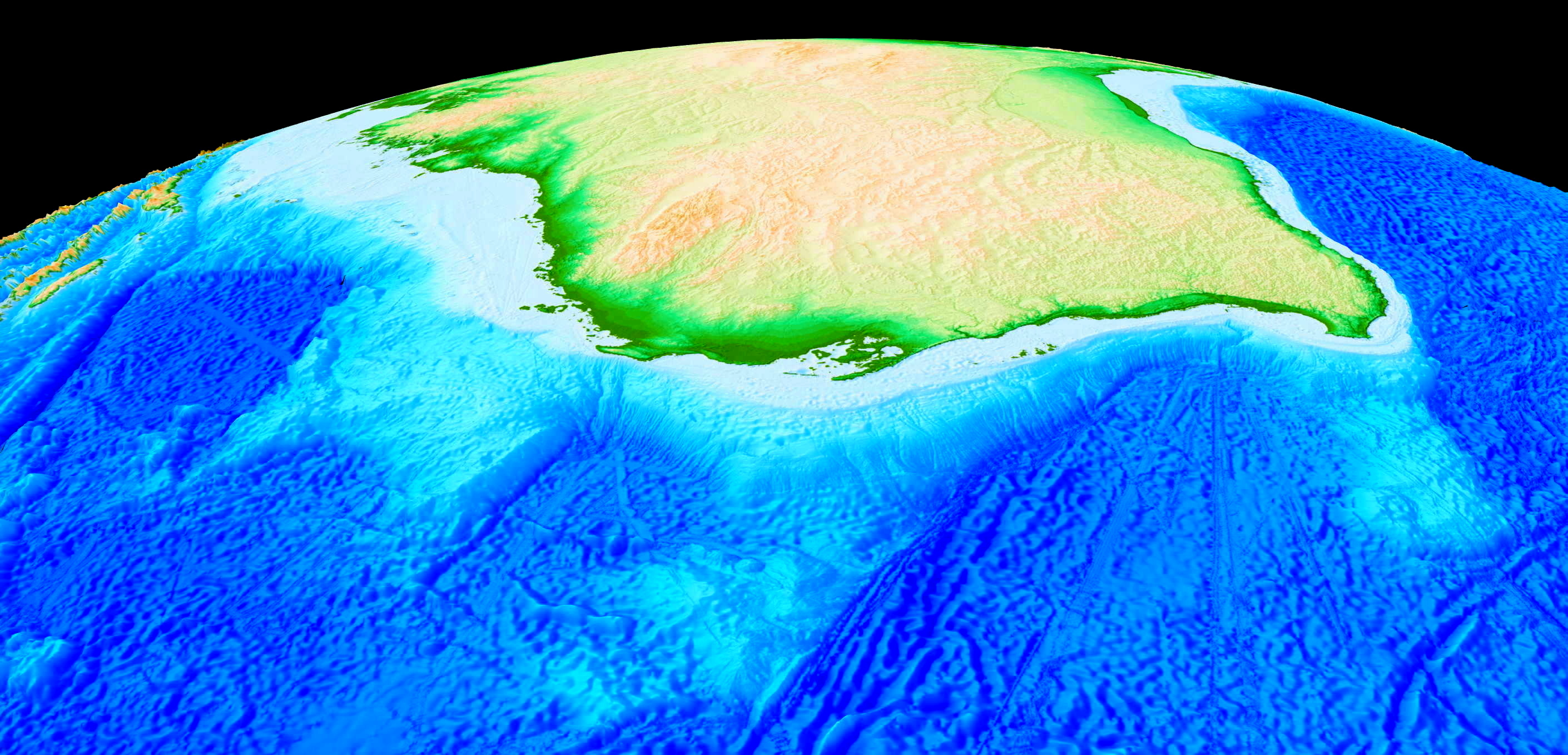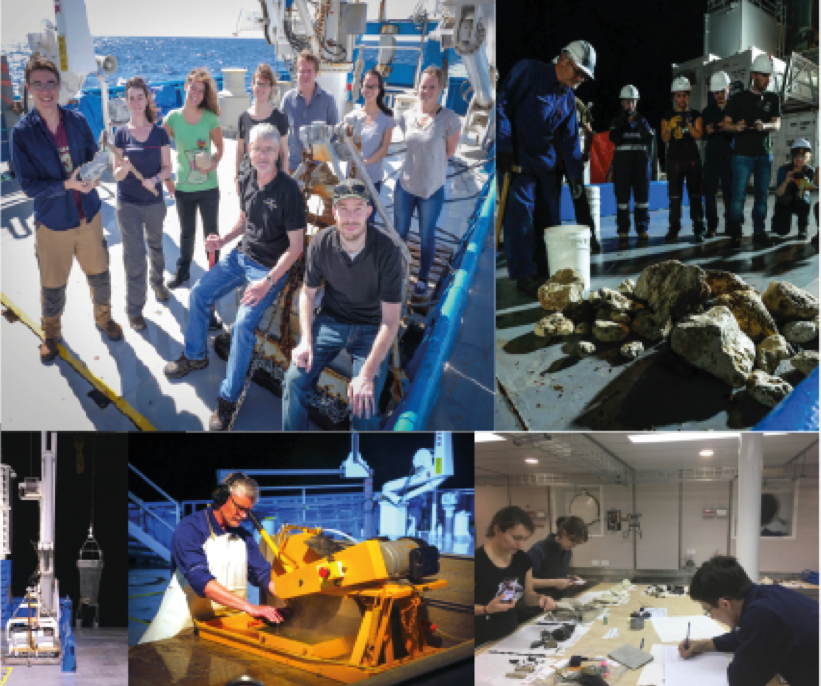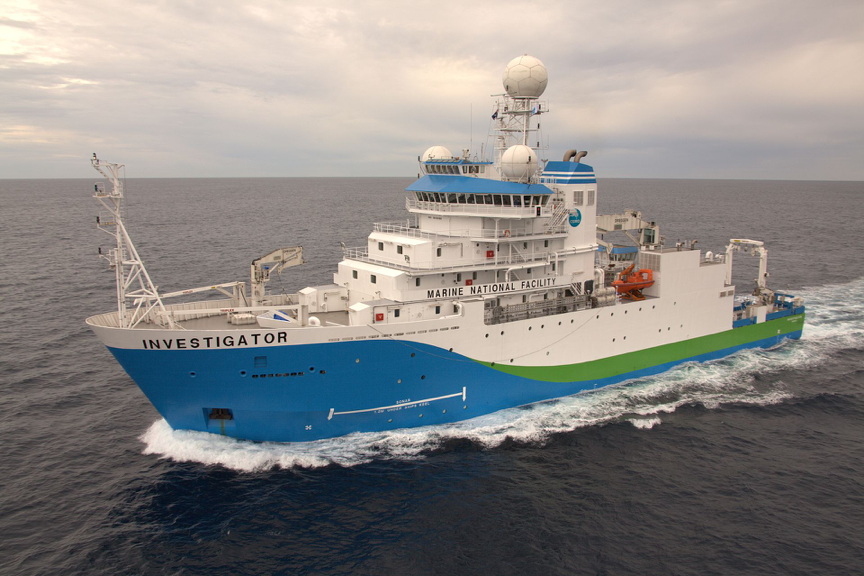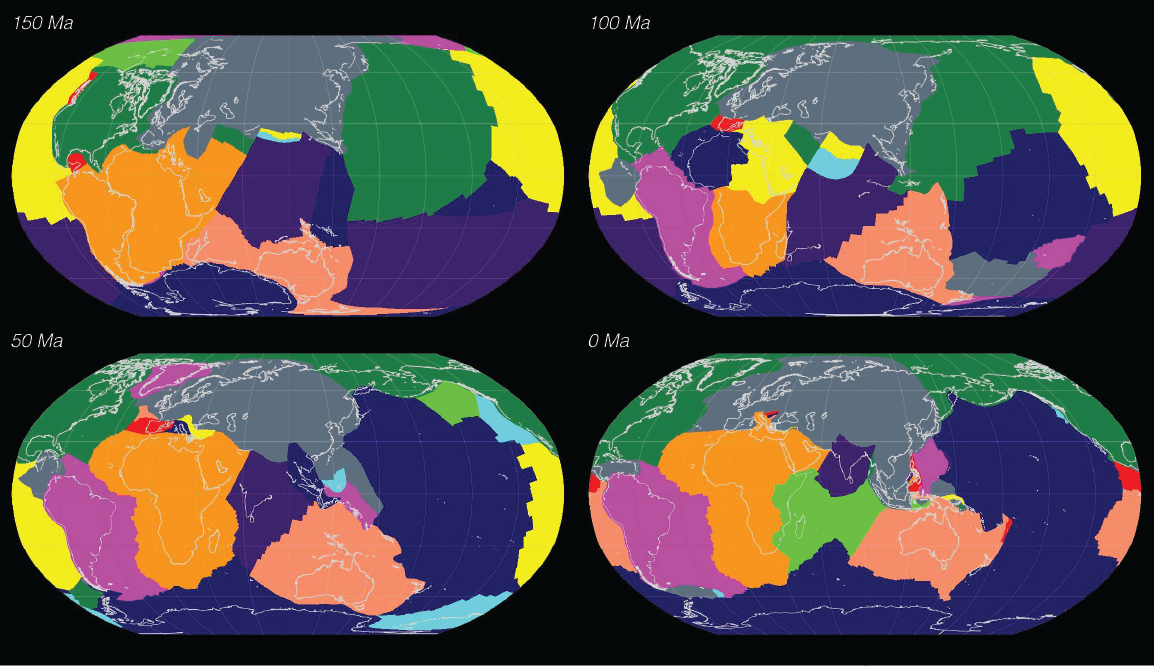
Congratulations to Dr Sascha Brune, Dr Simon Williams, Dr Nathan Butterworth, and Prof Dietmar Müller on their paper published in Nature earlier this week. The paper, Abrupt plate accelerations shape rifted continental margins, has been picked up by the media across the globe.
... Read more...



